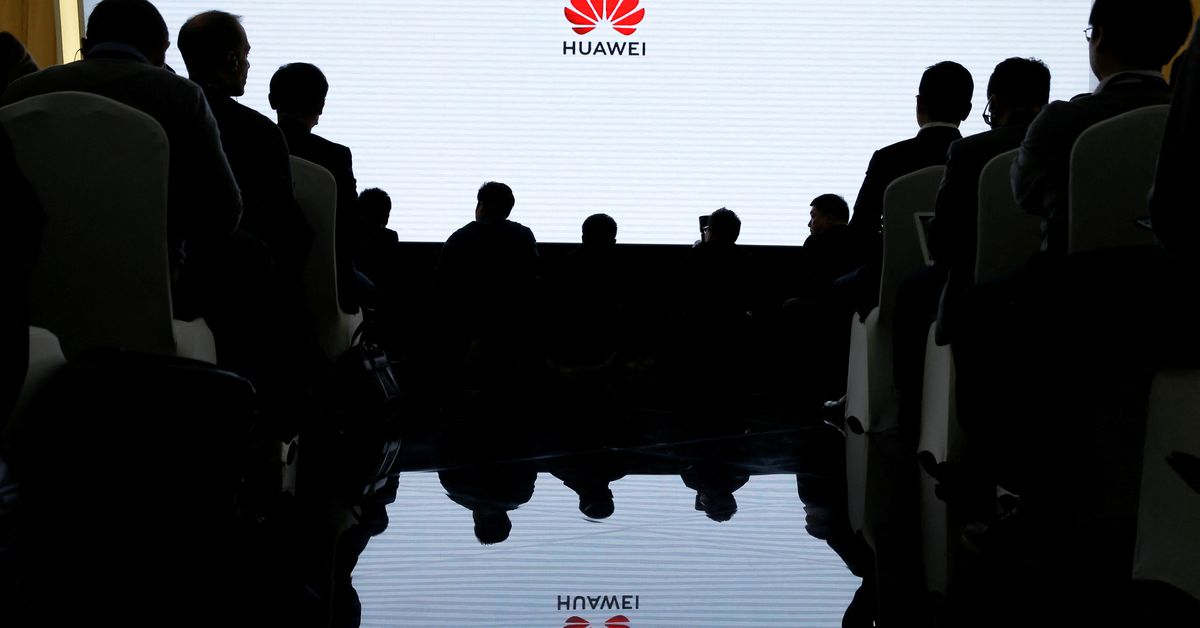It’s not clear to me what the end game is. Supposedly, we don’t want China to be able to make 7 nm chips since those are useful in advanced military applications. So the sale of EUV machines to China is blocked. But now it seems they can make 7 nm chips without EUV. The yield is lower, so supposedly the EUV ban has an impact. But military applications don’t care about yield since the volumes are much lower than mass market products. So what exactly is being accomplished? Is it just a matter of conducting general harrassment against Chinese industry to kneecap their economy? Or is there some clearer aim than that?
But military applications don’t care about yield since the volumes are much lower than mass market products.
Low yield has cost implications. This is especially true in consumable applications like guided missiles etc. Sure, the really high end cruise missile where they may make only 10,000 may not be affected greatly. However, the small $2500 anti-tank missile might be if you’d planned on making 500,000 of them.
Also consider “military applications” breaks down into two categories: Domestic consumption and Export. A country might spend whatever is necessary for its own military, but export buyers have to pay full price and that may preclude expensive low yield ICs.
Yeah, I dunno. For these kinds of military products, the volumes are just a drop in the bucket compared to consumer electronics, even if you factor in weapons for export and low-end equipment (which I’m not sure would even be using 7 nm chips). A consumer product that shipped 500,000 units would be an epic failure. LG got out of the cellphone business because their yearly sales were “only” 30 million units. If Russia had 500,000 cruise missiles, Ukraine would be one big smoking crater by now.
Maybe I’m talking out of my ass, and the policymakers have done the math and know what they’re doing. But at surface level, the justification doesn’t seem to line up.
You’re right. The consumer tech consequences of the chip ban is more important than the military implications will ever be. Huawei’s lost tax revenue cost the Chinese government billions, which itself does more damage to the Chinese military budget than semiconductor bans for systems which aren’t actually critical in a conventional war. Cruise missiles can work effectively with tech from the 70s, and you don’t need 5nm chips to guide a rocket into an aircraft carrier. And this was about Huawei specifically - look at Huawei’s global smartphone market share. Pre trade war they were on par with apple and samsung volumes, with margins and a lineup closer to apple. Then the 5G bans and a PR campaign crippled their international sales, and semiconductor bans cratered their overall production.
Other Chinese brands like Lenovo, xiaomi, and the BBK brands (oppo, vivo, one plus, realme) are doing fine though, because inside them is all snapdragon, Qualcomm, intel, nvidia, and AMD. They’re basically final assembly plants for component manufacturers ultimately based in the US, whereas Huawei were using their own kirin chips, were taking market share from apple, and were creating their own operating system called HarmonyOS to replace android. Basically every major consumer tech hardware company in the US stood to gain from Huawei being taken out, including the US government when the trump admin used it as the poster child of the trade war. Huawei’s PLA connections were a nice bonus to sell to the public, but this was first and foremost a state backed corporate hit job.
And the worst part is, because of the opaqueness of it all and combined with propaganda from every direction, it’s hard to get a handle on how justified any part of it actually was. Because you basically have to choose to either trust the trump admin, US government, and corporate America, or Huawei and the Chinese communist party, and I don’t trust any of them. Personally I’m going with, there was probably something to be concerned about, but probably at a similar level to buying US hardware which the us government has clearly signaled that they have back doors into, but the corporate power struggle for market share is the actual reason behind it all.
All of this is media trying to translate the new cold war into terms people who grew up in the pre-AI world can understand, to bring the public along with policy they wouldn’t otherwise grasp.
The truth that the national security people on both sides understand is that ASI is coming and whoever builds it first has a good shot at essentially winning the IRL tech victory, and the only way to defend against ASI is your own ASI. Whoever has the most, best chips has the best ASI.
If the Chinese or US build one unchallenged that’s it. That really is the end of history. So they are both going to do everything in their power to slow down the other and accelerate their own progress.
ASI?
“Artificial Super Intelligence”
It’s a meaningless buzzword that has nothing to do with what is going on right now in the real world.
Because AGI wasn’t trendy enough 🙄
“offered no information on the power of the chipset inside”
“unexpectedly unveiled the latest Mate 60 Pro smartphone last week”
“during U.S. Commerce Secretary Gina Raimondo’s visit in China”
I’m not convinced yet that this was made entirely in China.
The world basically lives in a monotechonlogy bubble. What you have others will have and what others have you will have and production can be eventually set up to almost everywhere when provided the capital and labor. Blocking anything or isolating anybody has become an impossibility and any move of blocking anything has no other effect other than introducing speed bumps or creating an alternative ecosystem of the same technology. US seems to live in this world of a last cold war when it was still possible to limit things and compete with having the better tech and forcing others to come to you to have access to it, but that world died when the iron curtain came down. Now it is never coming back up even if US tries to impose it around itself and Europe and other honorary western countries and even if it did US couldn’t compete with its university STEM departments filled with Chinese and production outsourced to Asia.
Nah. Chip fabrication as we know is phenomenally complicated, and not at all portable. Why do you think NATO is ready to fight WW3 over China threatening to invade Taiwan?
Extraordinary claims like this require extraordinary proof, and Huawei won’t cough it up, so it’s fair if everyone thinks “propaganda”.
Sure it is. But the fact remains that much of the required components to form an ecosystem are available on mainland China. Even TSMC building factories in Europe and the US can’t change the fact that the rest of the ecosystem is lacking at best.
We need to get off our collective chairs and stop drinking the kool-aid for a while, in order to maintain a lead here.
Brb setting up a semiconductor factory. NBD





